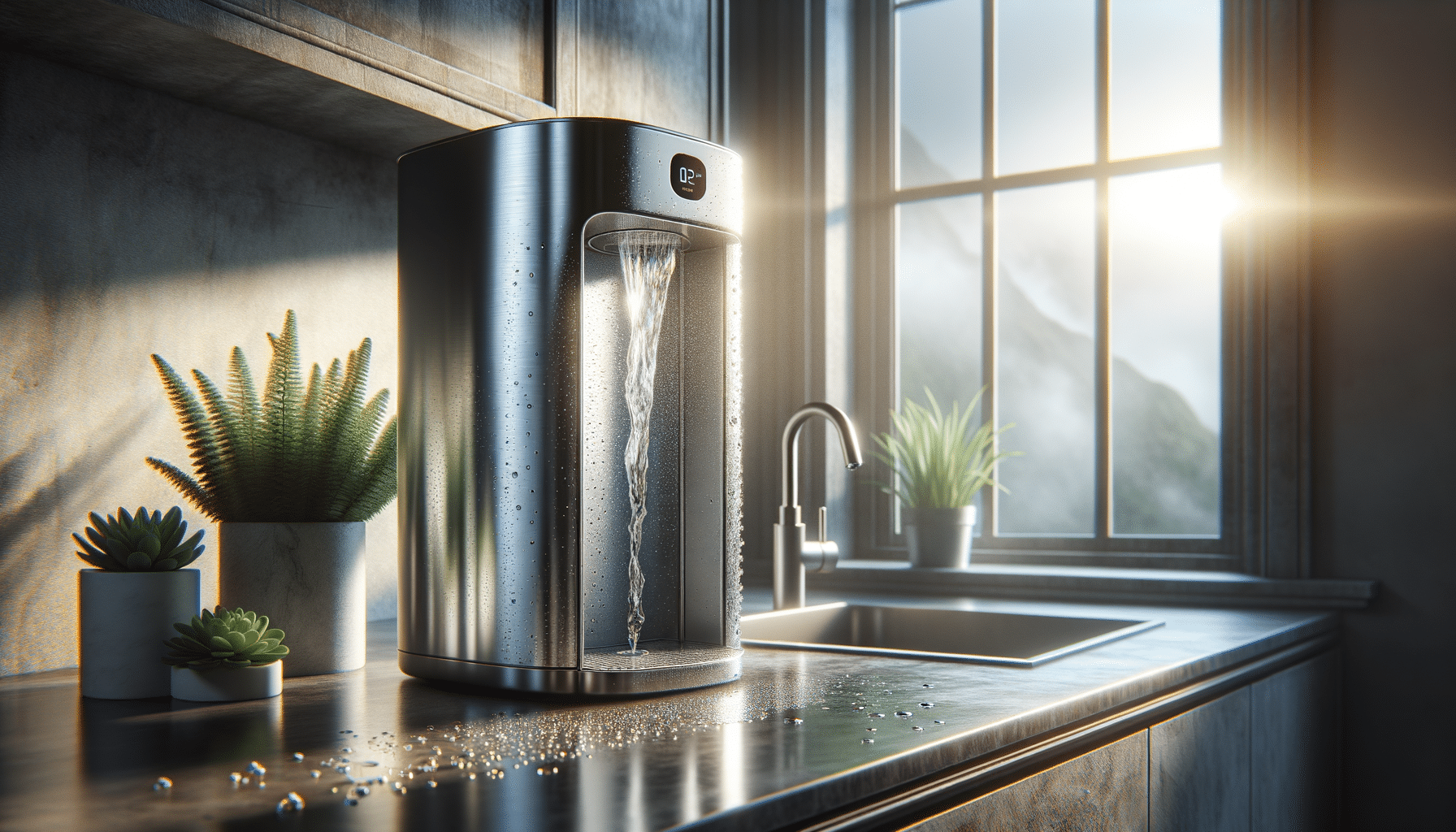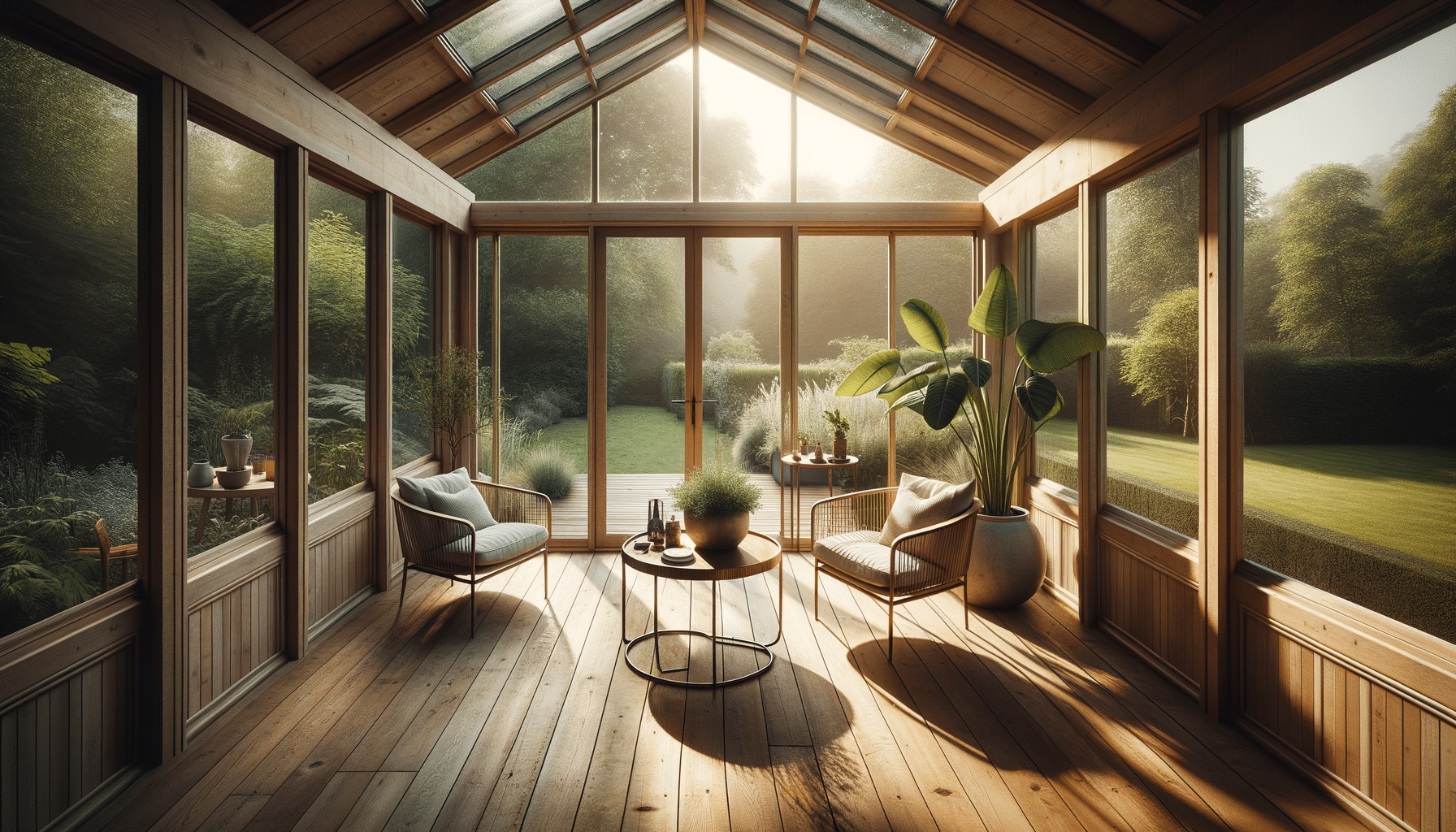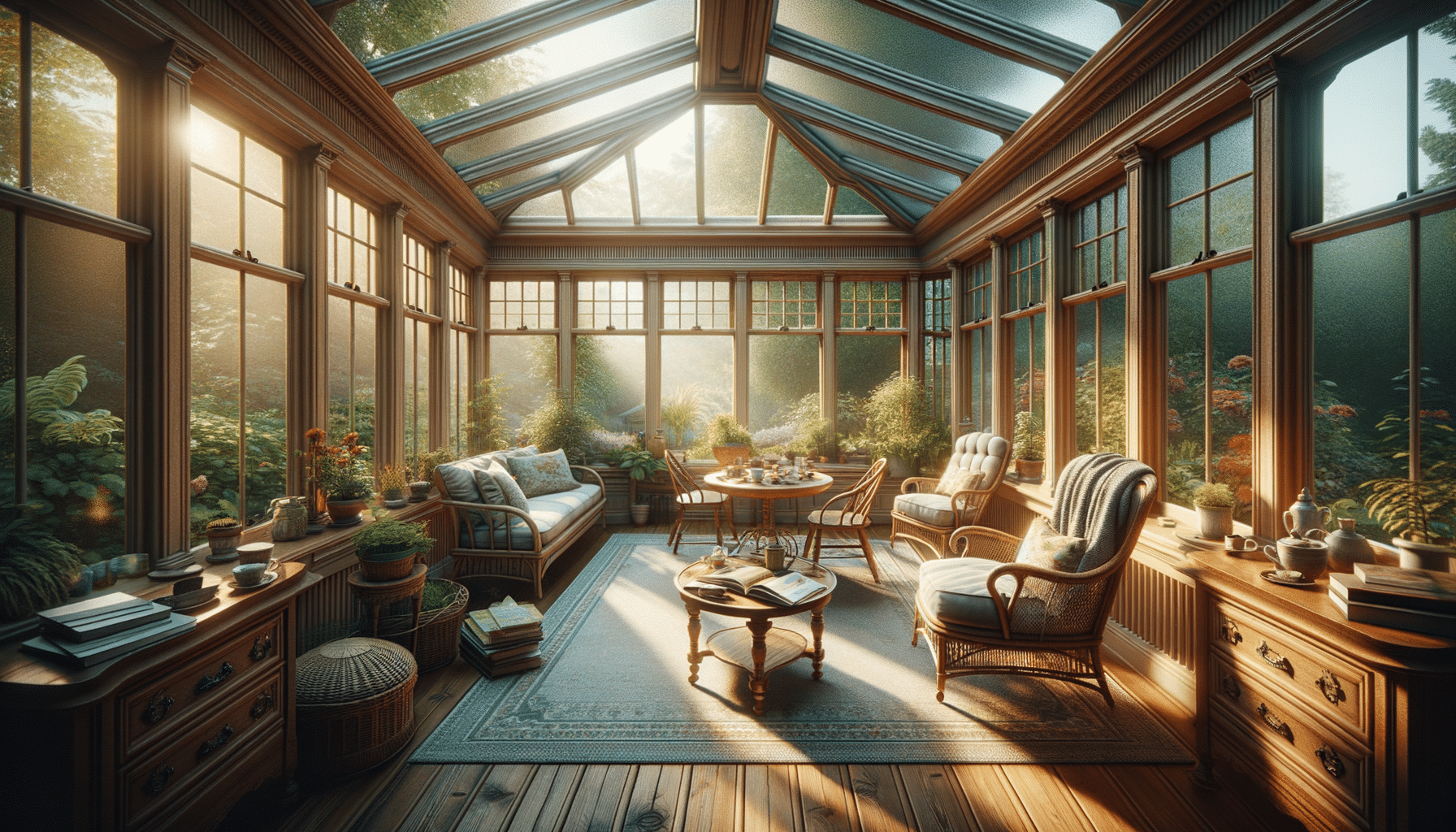
The Role of Lighting in Creating Ambiance in Interior Spaces
Lighting plays a transformative role in interior design, far beyond simply illuminating a space. It sets the mood, enhances color palettes, and even influences the perceived size of a room. Understanding how to harness the power of lighting can elevate any interior, making it not just functional but also inviting and aesthetically pleasing.
When we talk about lighting in interior spaces, it’s essential to consider its multifaceted impact. According to renowned designer Kelly Wearstler, ‘Lighting is to a room what jewelry is to an outfit.’ This emphasizes the decorative and functional importance of lighting in creating the perfect ambiance.
Understanding Different Types of Lighting
Lighting can be categorized into three main types: ambient, task, and accent. Ambient lighting provides the primary illumination for a room, often through ceiling fixtures or wall-mounted lights. Task lighting, such as desk lamps and under-cabinet lights, is focused on specific activities. Accent lighting highlights particular features like artwork or architectural details.
The Science of Lighting
Research by the Illuminating Engineering Society suggests that proper lighting can improve mood and productivity. For example, a study found that workplaces with optimized lighting led to a 23% increase in efficiency. This same principle applies to home settings, where the right lighting can enhance comfort and relaxation.
Practical Lighting Tips
- Layer your lighting by combining different types for a balanced effect.
- Use dimmers to adjust light levels according to the time of day and activity.
- Opt for LED bulbs for energy efficiency and a variety of color temperatures.
Consider the color temperature of your bulbs. Warmer lights (2700K-3000K) create a cozy atmosphere, while cooler lights (4000K-5000K) are ideal for workspaces and kitchens.
Case Study: Transforming a Living Room
Imagine a living room with harsh, overhead lighting that makes the space feel cold. By introducing floor lamps for ambient light, table lamps for tasks, and LED strips to accentuate a bookcase, the room can be transformed into a warm and inviting retreat.
| Lighting Element | Purpose | Advice |
|---|---|---|
| Ceiling Fixture | Ambient | Choose a fixture with a diffuser for even light distribution. |
| Floor Lamp | Task | Position near seating areas for reading. |
| Table Lamp | Task | Use on side tables to enhance focus. |
| LED Strips | Accent | Highlight architectural features or artwork. |
| Wall Sconces | Ambient | Flank a mirror to add depth. |
| Pendant Lights | Task | Hang over dining tables or kitchen islands. |
| Recessed Lighting | Ambient | Install in ceilings for a minimalist look. |
| Smart Bulbs | Custom | Adjust colors and brightness with an app. |
Conclusion
In summary, lighting is a vital component of interior design that directly affects ambiance and functionality. By understanding and applying the principles of ambient, task, and accent lighting, you can transform any space into a welcoming haven. Explore more about the impact of lighting on the Illuminating Engineering Society website.
Frequently Asked Questions
What is the most important type of lighting for a living room?
Ambient lighting is most important as it provides overall illumination. However, layering different types can enhance the space.
How can I make a small room look larger with lighting?
Use light-colored walls and ceilings, and place lighting fixtures strategically to bounce light, creating the illusion of space.
Are LED lights suitable for all interior spaces?
Yes, LED lights are versatile and energy-efficient, making them suitable for various applications in any room.


